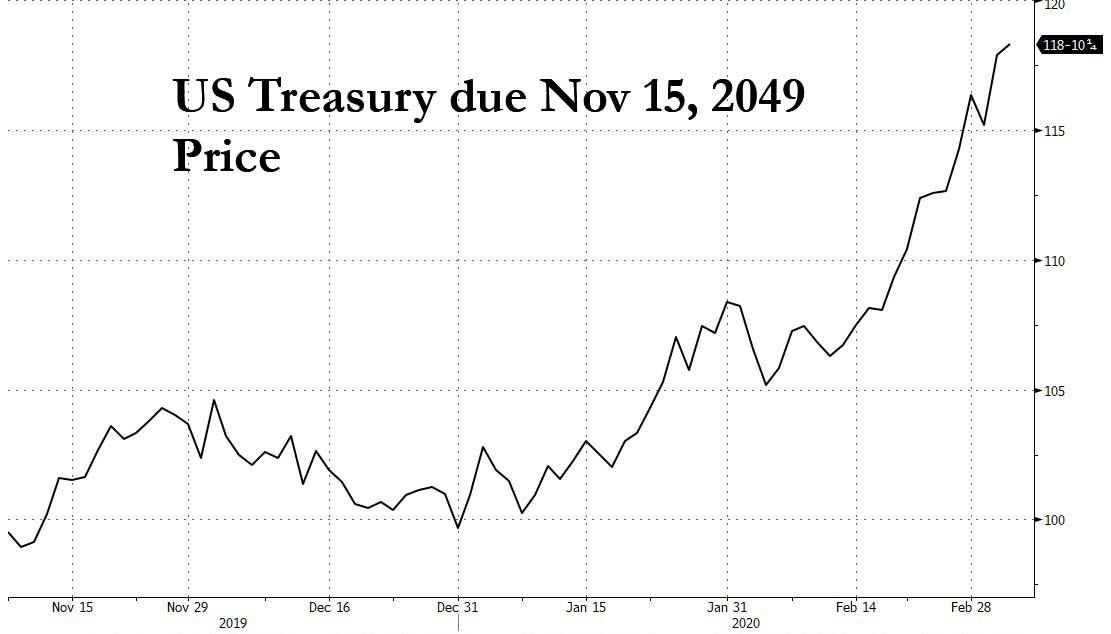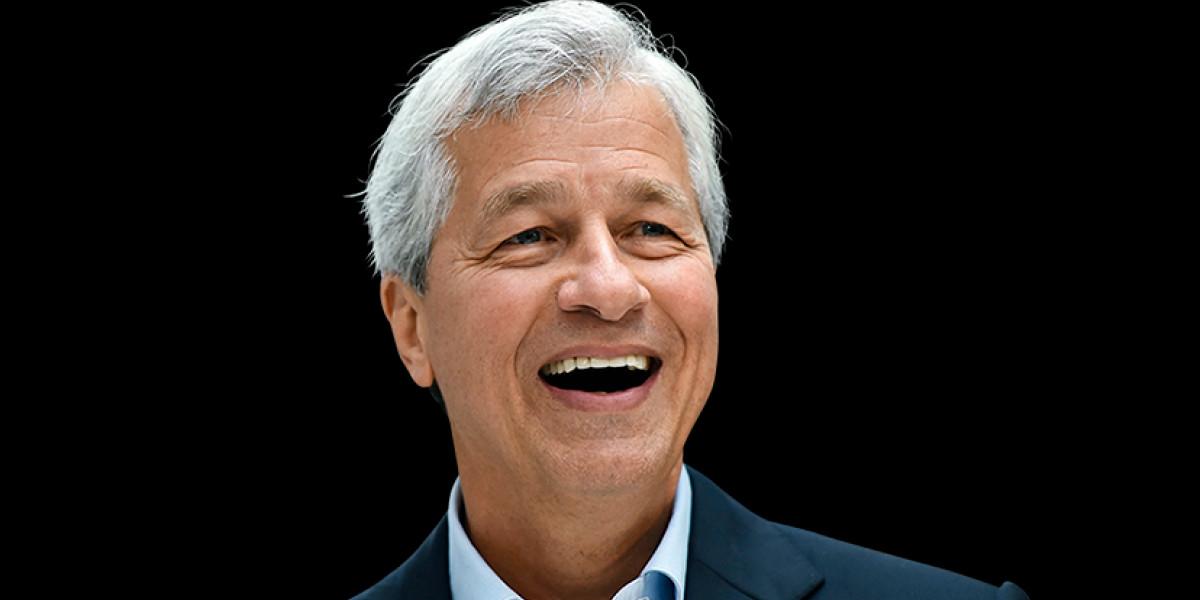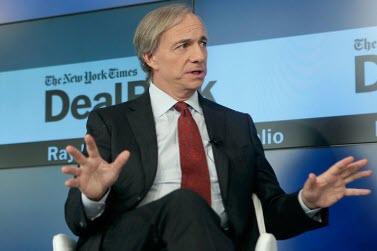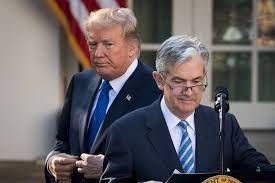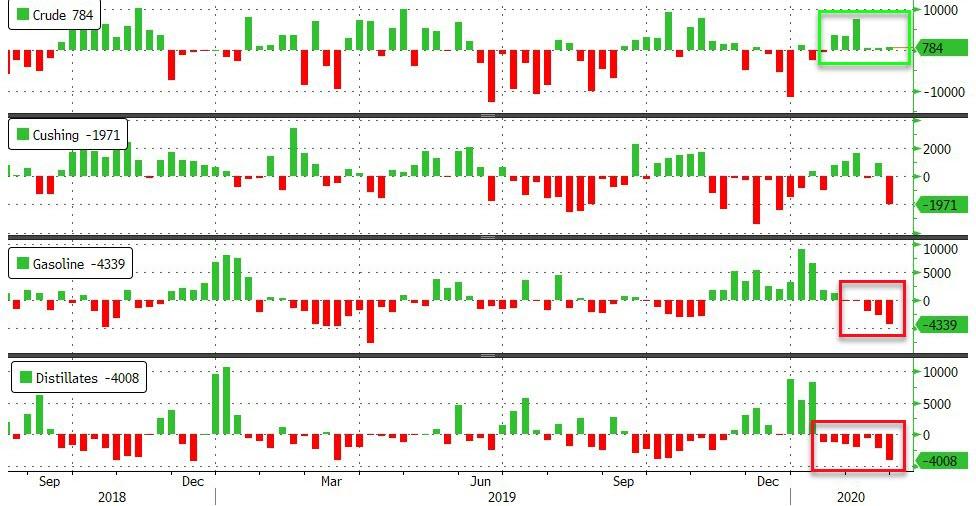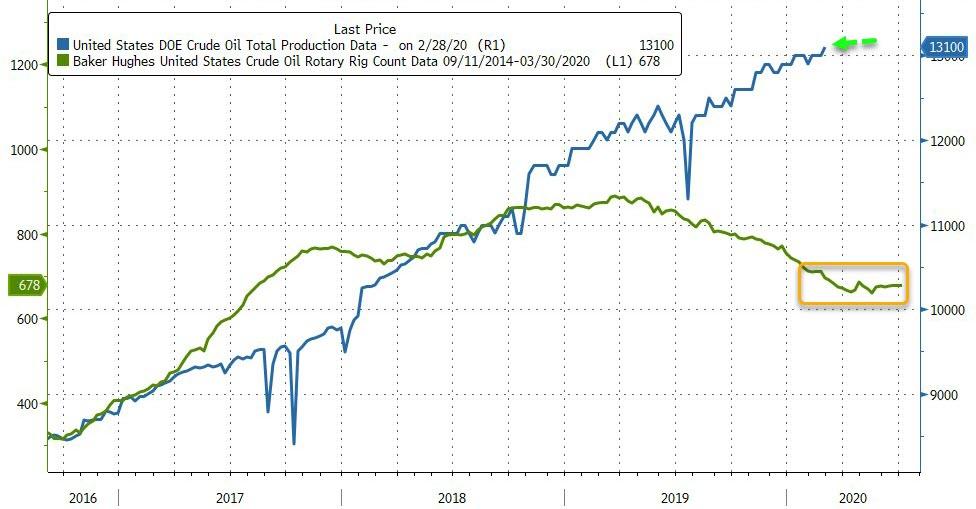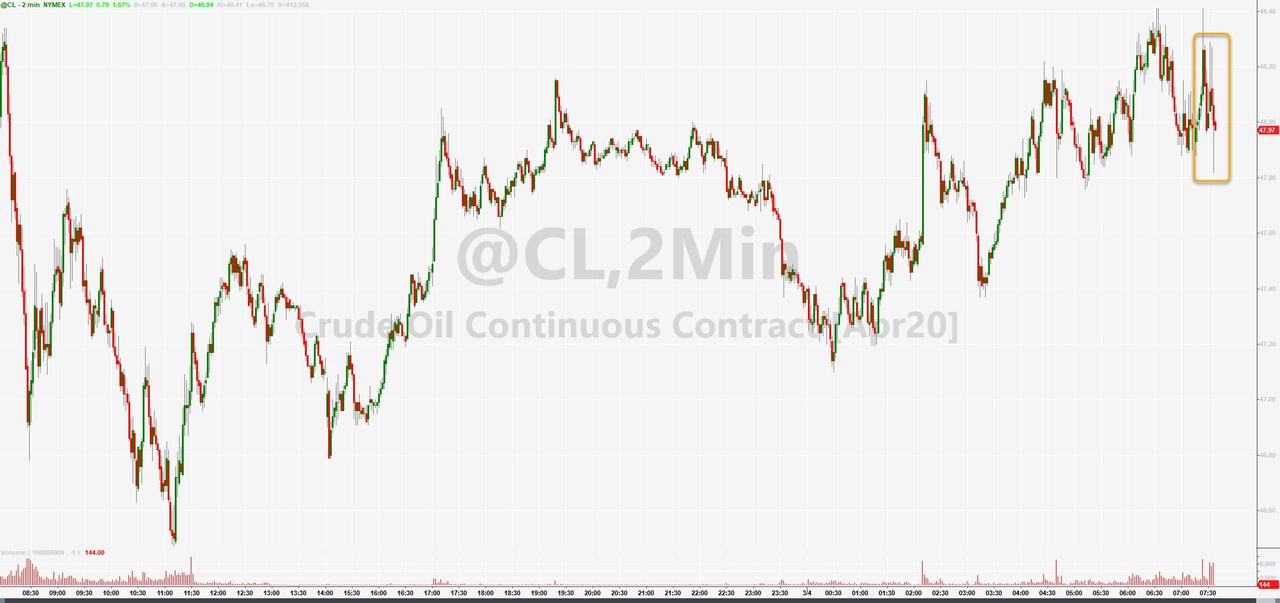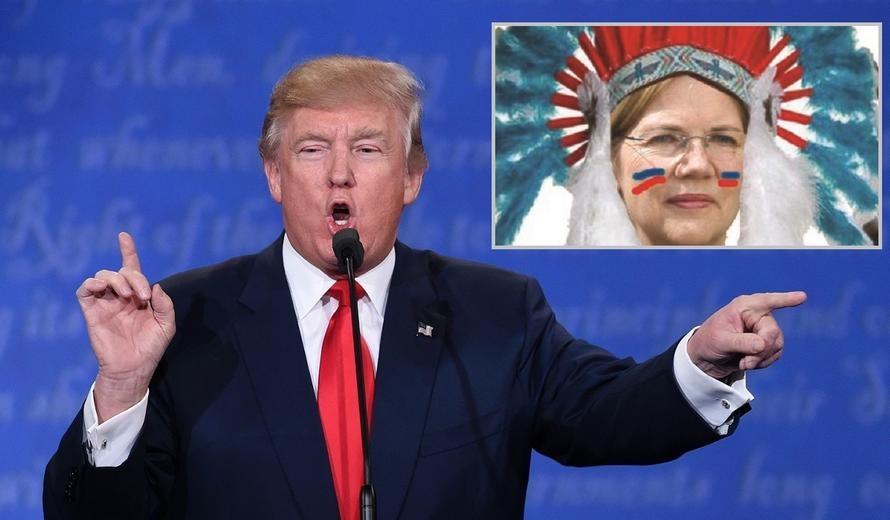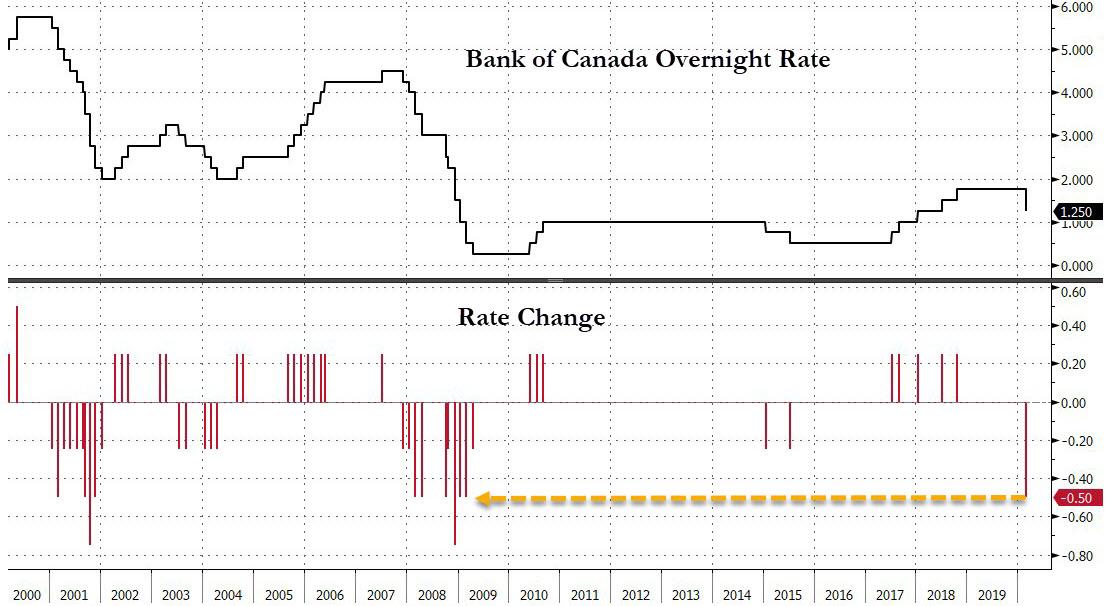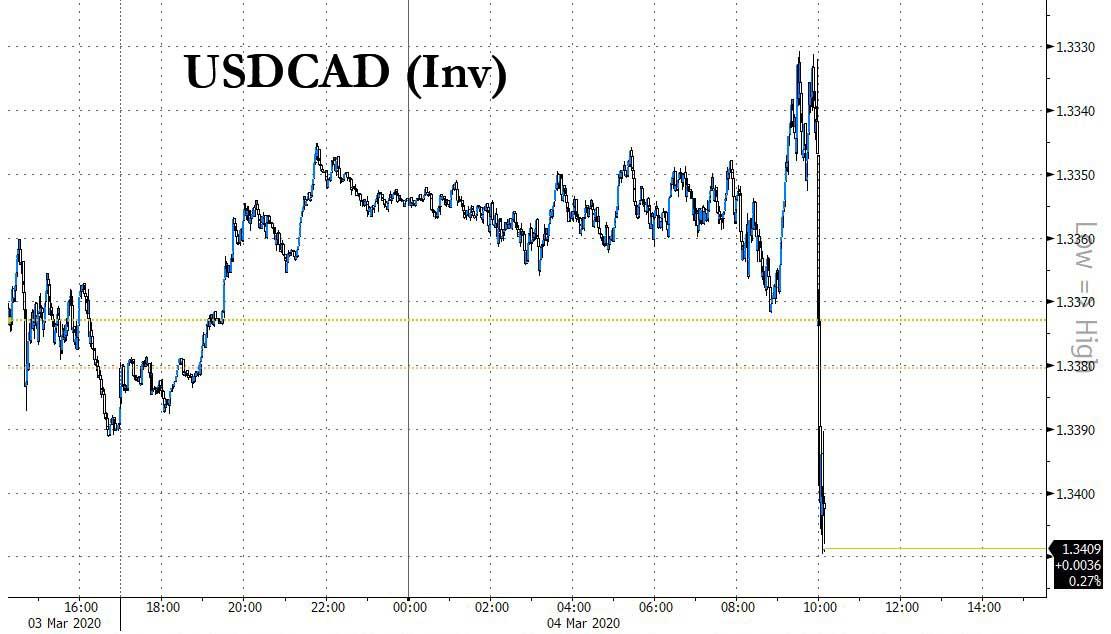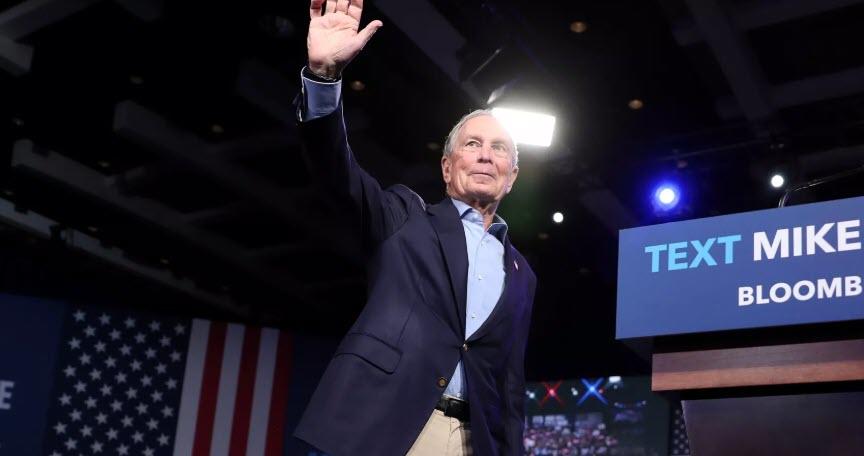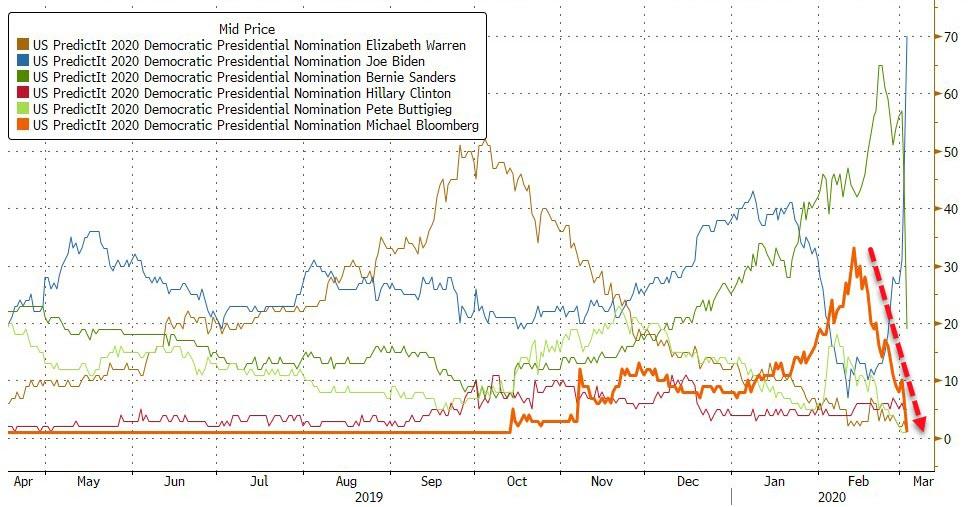Yesterday, the Supreme Court heard argument in Seila Law v. CFPB. This case presented a direct challenge to the structure of the CFPB. However, the Trump Administration has declined to defend the agency, as it is currently structured. Specifically, Solicitor General Francisco argued that a sole director, who could only be removed “for-cause,” was inconsistent with the President’s powers. As a result, the Supreme Court appointed an amicus curiae to defend the CFPB.
That choice fell to Justice Kagan, the Circuit Justice for the Ninth Circuit. And she made a strategic decision. Rather than selecting someone like Deepak Gupta, a steadfast defender (and former employee) of the CFPB, she looked to the right, and picked Paul Clement. Yes, she selected the former Scalia clerk who (I suspect) agrees with fellow Scalia clerks, SG Francisco and Kannon Shanmugam.
At the time, I thought it was a shrewd move. Clement would be better served to hand-craft arguments for the conservatives on the bench, particularly Chief Justice Roberts, who may otherwise be inclined to rule against the CFPB. In effect, Kagan chose Clement as the equivalent of a counter-clerk. (I am not sure if Kagan has adopted the sometimes-practice of Justice Scalia, and picked counter-clerks for her own chambers).
Did Kagan’s move pan out? I don’t think so.
First, Paul Clement clashed a bit with Justice Gorsuch. At one point, Clement criticized Solicitor General Francisco’s position. He said, “I offer you two limiting principles, which I think is two more than the Solicitor General’s offered you.” That barb was gratuitous. And Gorsuch was right to put Clement in his place. Bob Barnes offered this account in the Washington Post:
Gorsuch did not seem to appreciate the argument or Clement’s suggestion that the case should be decided in a limited manner without reaching the constitutional issues. He got into a testy and extended exchange about whether Clement, a solicitor general under President George W. Bush who was arguing his 101st case at the court, was avoiding his questions.
“I want to be responsive,” Clement protested. When Gorsuch asked Clement at one point for a ‘limiting principle” for one of his arguments, Clement replied that he had two, which was two more than offered by the government.
“If we could avoid disparaging our colleagues and just answer my question, I would be grateful,” Gorsuch said with a terse smile.
The exchange between Gorsuch and Clement was quite long, and unusually brusque. Did Clement presume a level of familiarity with a Justice usually on his side? I doubt it. Clement has now argued 101 cases. He knows better.
Rather, my impression is that Clement’s argument seemed forced. Of course, Clement had his usual smooth and skillful presentation, and zealously advocated for the case to which he was appointed. But the presentation didn’t come across as genuine. He likely didn’t believe what he was saying, and it showed–at least from my vantage point. I almost felt like Clement was playing a role. He was acting. He was trying to come across as someone who wants the CFPB to survive, when in fact he probably agrees with the petitioners. And sometimes when you are playing a role, you push too hard. You work so hard to fight against your own priors. And in doing so, you think you need to take a more aggressive position than you otherwise would, because your usual lines are blurred. I have no inside knowledge about Clement’s strategy. I can only compare it to the many other arguments I’ve seen him make over the years. And this case felt different.
There is a second reason why Kagan’s selection of Clement didn’t pan out: Clement’s position was informed by his own position on the separation of powers. One of the most important questions in the case was whether “for-cause” protections could be added to cabinet members. Recently, Cass Sunstein argued that Congress could place “for-cause” protections for the Attorney General. I responded that this position is inconsistent with both the majority and dissent in Morrison v. Olson. But this argument is premised on the unique role the President plays in deciding whether to prosecute someone for criminal offenses. I don’t know that the Morrison majority supports the same argument for other cabinet positions. And I think Humprey’s Executor could be read to support for-cause provisions for certain cabinet officials. (Under Myers v. U.S., Justice Scalia’s Morrison dissent, all principal officers must be removable at will.)
A full-throated defender of the CFPB would have bit the bullet, and said that Morrison would allow placing “for-cause” protections on most, if not all cabinet officials, with the possible exception of the Attorney General. Indeed, an advocate like Sunstein (or perhaps Elizabeth Warren) would have said that even the Attorney General could be protected by a “for-cause” standard.
But Clement did not take that position. Instead, he developed a limiting principle about the removal power that I hadn’t considered before. (Indeed, it was this limiting principle that Gorsuch repeatedly asked about).
Clement explained:
Second, there’s a constitutional backstop, an absolute constitutional backstop, which is those authorities that the Constitution assigns directly to the President –so the State Department, the Defense Department, pardon power; there’s a few others –those cannot be subject under any circumstances to anything other than at-will removal.
In other words, if the Constitution assigns a power to the President, then the President’s supervision of the agencies that execute that power cannot be limited by a “for-cause” provision. Clement lists a few examples. First the State Department presumably premised on the President’s powers over foreign affairs. Second, the Defense Department, which involves the President’s powers as Commander in Chief. Third, the pardon power, which I think would relate to DOJ. These cabinet positions must be removable “at will.” I did not see this argument made in Clement’s brief; it was reserved for argument.
Justice Alito followed up and asked about “the EPA or Homeland Security.” Clement replied:
I think EPA is something that they probably could make subject to for-cause removal. I think Homeland Security, in its current form, they couldn’t, because some of the powers that were given to the Homeland Security Secretary by Congress were powers that were borrowed from the Defense Department.
And I think, if any of the authorities that are being exercised by a cabinet secretary are authorities that the Constitution assigns directly to the President, you probably can’t make that subject to -[for-cause removal standards].
Clement may be right. I need to give this limiting principle some more thought. But this argument goes beyond what the Morrison majority held. Chief Justice Rehnquist did not say that the removal power is limited where “the Constitution assigns [powers] directly to the President.” That position is much closer to Justice Scalia’s dissent, and takes a very unitary-executive flavor feel.
I think the natural response to Clement’s position is that the CFPB can take enforcement actions, and the discretion to bring those actions closely resembles the Attorney General’s decision to bring criminal prosecutions. I think a credible argument can be made that the Constitution does assign the relevant prosecutorial discretion to the President with respect to the CFPB. Congress can define the agency’s jurisdiction, but the decision whether to exercise that prosecutorial discretion belongs to the executive. Under that theory, the CFPB Director could not be protected by a “for-cause” standard.
These thoughts are tentative. But Clement’s Scalian limiting principle, in some regards, weakens the defense. What the CFPB needed was a Sunsteinian defender, who argued that even the Attorney General could be restricted. The Court would have rejected that argument, but the argument was a reasonable one, and should have been made. Here, Clement’s understanding of the separation of powers did not serve the CFPB well.
Ultimately, I think Kagan’s selection of Clement was too-shrewd-by-half. She would have been better off picking someone like Deepak Gupta, who could have given the CFPB the defense it needed. I suspect there are some defenders of the CFPB who will quietly agree with me.
The Supreme Court also gave some argument time to the House of Representatives as amicus curiae. Douglas Letter argued on behalf of the House. This was his third argument before the Supreme Court. I’ll be blunt: he was not effective. His argument stretches from pp. 66-77 of the transcript.
At several junctures, Justice Gorusch asked Letter the same question he asked Clement: what line would he draw. This question was very, very obvious. Everyone could have seen it coming. But Letter was either unable, or unwilling to answer the question. Consider this exchange between Letter and Justice Gorsuch:
Justice Gorsch: So where … would you draw the line, Mr. Letter, then? If –I guess I have two questions for you. First, if –if the standard isn’t watered down, what does that standard mean for removal in your mind? And, number two, what would be the stopping point for Congress’s ability to place high levels, serious impediments to presidential removal powers of -of members of the cabinet and other executives –what we think of traditionally as executive agencies?
MR. LETTER: Your Honor, I’m going to start with the second one. I don’t know the answer of how far Congress could –could go, Congress and the President together could go.
JUSTICE GORSUCH: Isn’t that a pretty vital question for us to be able to answer to decide this case?
MR. LETTER: I don’t think so, Your Honor, because you have decided in Humphrey’s Executor, Wiener, Buckley, Free Enterprise, Morrison versus Olson, you’ve decided all of those cases and you’ve said that removal protections are constitutional without answering that question.
I –I searched in vain. In none of those decisions have you –
JUSTICE GORSUCH: No, fair enough. But you’re at the podium, so take a shot at it.
(Laughter.)
After the laughter, Letter cited Morrison, but declined to address the specific question about whether cabinet officers, other than the Attorney General, could be protected:
MR. LETTER: They –I’m going to pick up on a word that –that I believe this Court has used, which is they should be modest. I think the test is, Your Honor, what –again, this Court has said, I believe it’s in Morrison, but you’ve said it in various situations, is it –does it so interfere with the executive’s ability to carry out his constitutional responsibilities?
I think that’s the test that this Court has –has said in a variety of separation-of-powers cases. I know that’s -that’s vague, but I can’t do better than what -what you have said.
Yes, you could do better. Clement did it. After some cross-talk, Justice Gorusch said:
JUSTICE GORSUCH: I’m sorry. I hope you’ll get to my first question at some point, but I–
Letter had forgotten the question:
MR. LETTER: Justice Gorsuch, would you mind repeating your first question? I apologize.
JUSTICE GORSUCH: Sure. What does that removal standard mean to you? If –if we shouldn’t water it down, what does it mean?
Occasionally, I’ve seen advocates get lost in a multi-page Breyer hypothetical. Gorsuch had two questions, which were fairly predictable. I was stunned he had forgotten the threshold question about the removal standard.
His answer was even more perplexing. The House of Representatives wrote the “for-cause” standard in the Dodd-Frank Act. Gorsuch asked the lawyer for the House what that provision meant. And Letter couldn’t, or wouldn’t answer the question:
MR. LETTER: Your Honor –and, again, I’m going to agree with Mr. Clement insofar as this. A lot of times, this is going to depend on context.
So, for example, and –and, again, this Court hasn’t defined what it means, so I don’t have a great answer yet from you all. You tell us what the Constitution –
It is not the Court’s job to tell the House what a statute means. That is the House’s job.
JUSTICE GORSUCH: Your client wrote it. So I’m –I’m just wondering what your client’s view is. And you say you disagreed with Mr. Clement on this, and now you say you agree. So I’m really quite confused.
Then things take a turn for the surreal.
MR. LETTER: I –I disagree with Mr. Clement about watering it down. We don’t think that it should be made basically at will.
But the –I –I will agree –
JUSTICE KAGAN: I don’t think Mr. Clement said that either.
At this point, I have no idea what Letter’s position is. It gets worse.
MR. LETTER: Oh, I –I apologize. I thought he was saying a watered-down version.
But, Justice Kagan, I will very strongly agree with Mr. Clement. It does depend on the –the circumstances.
Agree? Disagree? Who knows.
Later in the argument, Justice Kavanaugh asked another predictable question: the current CFPB director will remain in office after the 2020 election, when another President may be inaugurated:
JUSTICE KAVANAUGH: The next President in 2021 or 2025, or whenever, will have to deal with a CFPB director appointed by the prior President potentially for his or her whole term without being able –given your answer to Justice Alito –being able to do anything about that difference in policy.
Are you comfortable with that result? Does that give you any concern? Should we be concerned about that?
MR. LETTER: It does give me concerns but –and I’m –I’m very glad you brought that up because you’ve asked that and it’s a very key question, Your Honor.
What I would say, though, is let’s compare it to, for example –may I finish my
At that point, I think he ran out of time. Roberts let him finish his argument:
MR. LETTER: If you compare it to, for instance, the Fed, that has seven members who serve 14-year terms.
A President who serves a four-year term is, therefore, very likely to have almost no influence over the Fed. They won’t –I’ve not –I’m not a good mathematician, but I don’t think that means that they get to come anywhere close to appointing a majority of the Fed members.
So this is a problem that you have already decided to –to recognize.
What is that answer? Congress designed the CFPB’s terms (5-years) to straddle administrations. The answer should have been, “no, that was our design, we are not concerned.” But he didn’t say that. Also, with limited time, he said that Justice Kavanaugh’s question was a “very key question.” No kidding.
During my first moot court competition as a 1L, I responded to a question by saying, “your honor, that is a very important question.” During the feedback afterwards, the judge criticized me. He said, “I know it is important, that is why I asked it.” Often, when one of my student responds to a question with “that’s a good question,” I know he is unprepared, and is trying to buy time. When Justice Kavanaugh asks a question, it is “very key.” You don’t need to acknowledge it. And Kavanaugh wanted an answer.
Finally, after Letter’s extended time wound down, Roberts asked once again about Justice Gorsuch’s first question, which was not answered:
CHIEF JUSTICE ROBERTS: Mr. Letter, I think Justice Gorsuch’s first question is still on the table.
MR. LETTER: As I said what we –
JUSTICE GORSUCH: Thank you.
MR. LETTER: –what we think it means will be fact-dependent. It will depend –as I say, if it is –it can’t just be we have a policy difference. You’ve already –you’ve told me that.
You’ve already told me that it can’t simply be I don’t like you. We –we know that.
But, for example, if it’s a situation where the –the –the President says you are doing something that undermines national security, one of my core functions, or undermines foreign relations and I want –and I direct you to stop, an agency that says, no, I believe that that would be, Your Honor, cause for –that would meet the standard.
I will need to listen to the audio. This statement is really hard to follow from the transcript. I think he is hinting at Clement’s “constitutional backdrop” standard, with the reference to “foreign relations.” But I’m not sure.
Letter was not ready for this landmark case. His advocacy was not effective. The Respondent needed better friends. Truly, Super Tuesday was a bad day for the CFPB, all around.
In July, I watched Letter argue the ACA case before the Fifth Circuit. He was also ineffective. My impression at the time was that Letter simply wasn’t prepared to answer what were entirely predictable questions from the bench.
I’ll close with some free legal advice to Speaker Nancy Pelosi: if the House gets argument time in the Obamacare case (your petition was not granted), let former Solicitor General Donald Verrilli argue. He will do a better job. He saved Obamacare once. He is the person best suited to do it again. And this statement is against my own interest: I support Texas’s challenge. But I want the best possible advocacy for this important case. And Letter has not demonstrated he can provide it.

from Latest – Reason.com https://ift.tt/38gGias
via IFTTT



